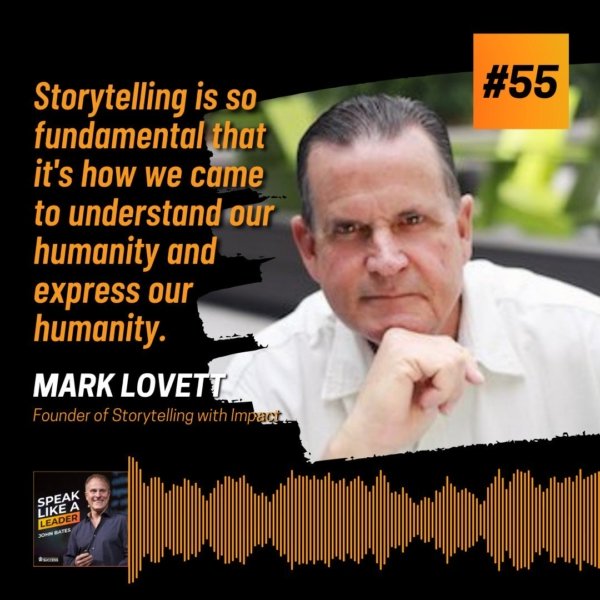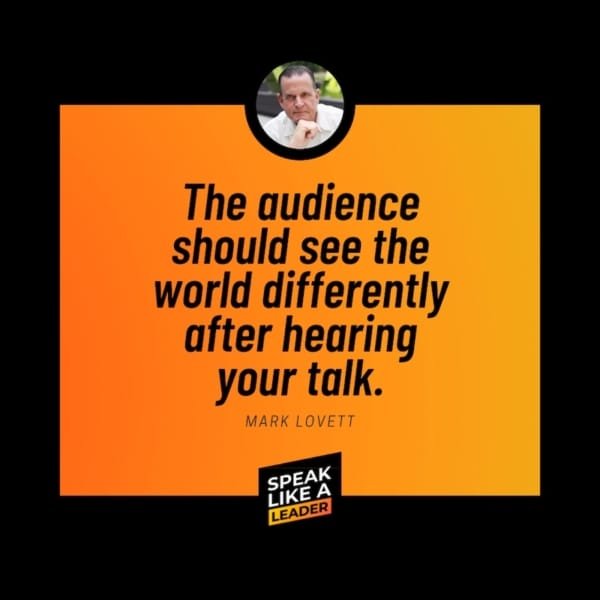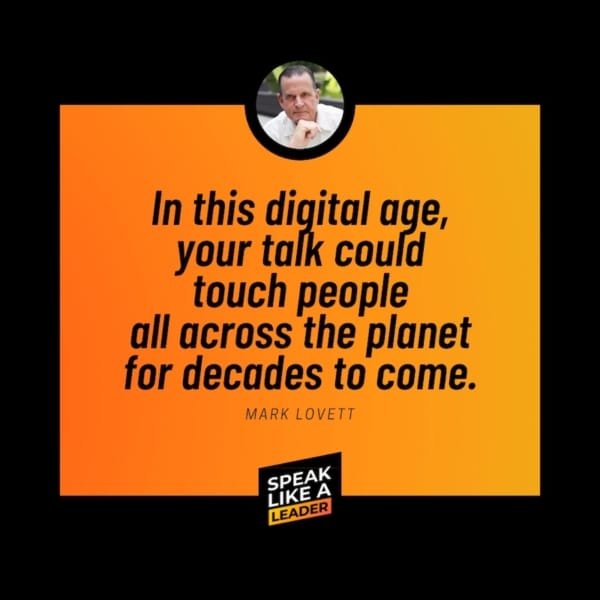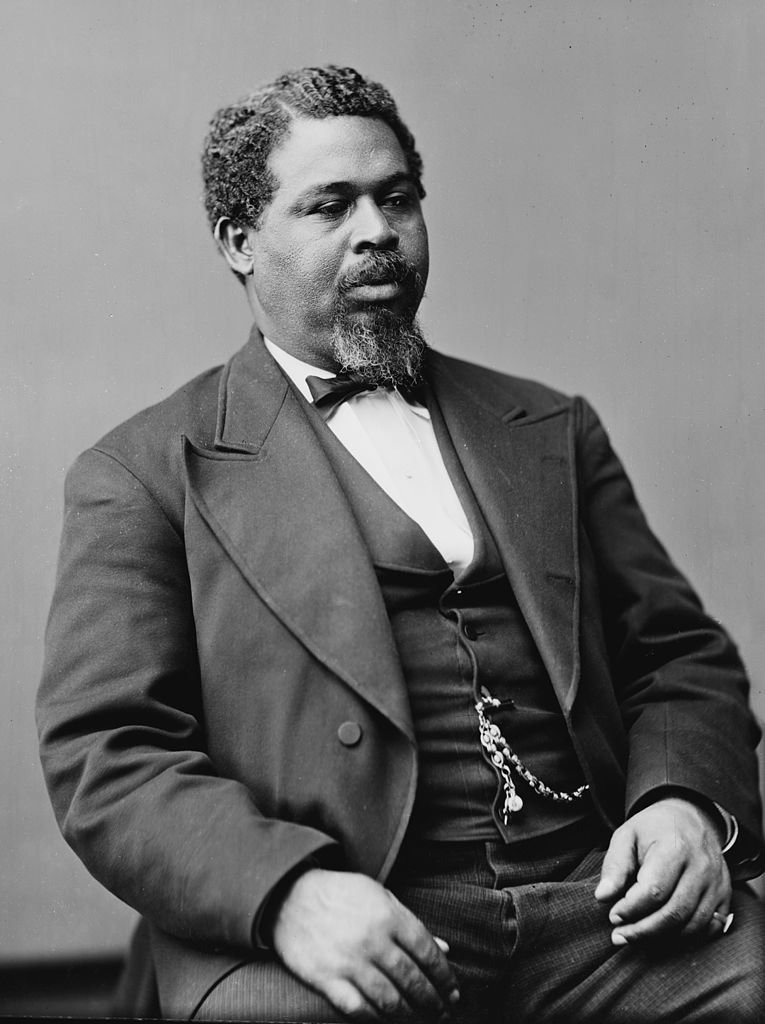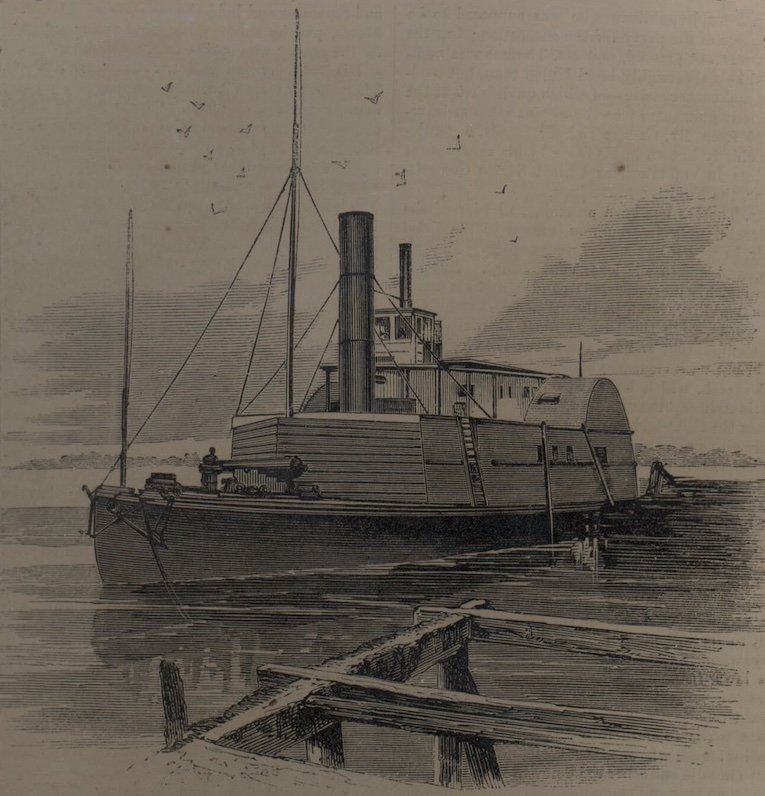On Writing (Your Story) Well – Part One
When telling true stories, people often assume it’s simply a matter of repeating the truth. That’s the best place to begin, as facts are the foundation of personal storytelling, but maximizing the impact of your story comes down to the words, sentences, and paragraphs that comprise all narratives. It’s the writing process which turns truth into story.
Professional writers know this, spending the majority of their time editing what they’ve written. Word choice. Sentence structure. Narrative arc. Writers devote their career to mastering the art of telling stories that matter. For most of us it tends to be a different story.
We learned to write at a very early age, but once we entered the school system the focus was on grammar, which is a necessary component of the writing task, but unfortunately, there was scant guidance when it came to using that proper grammar to tell personal stories. We leave school and begin our career lacking the storytelling skills that can positively effect every aspect of our future.
I was blessed early on in my career when a colleague handed me a new copy of On Writing Well by William Zinsser. That was decades ago, and I’ve since owned a number of copies along the way. I’ve read it many times, refer to it often, and I’m still learning. If telling personal stories is something you aspire to, and want to maximize the impact of your stories, I recommend you pick up a copy.
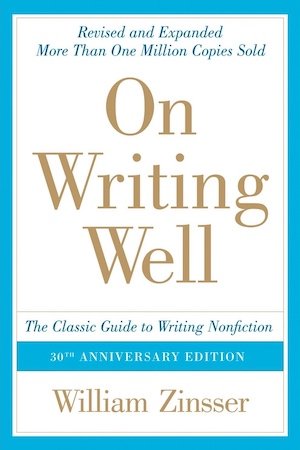
The book covers a lot of territory, more than can be covered one post, so in this first installment I will highlight some key points revealed in Part One of the book.
From Part I on Principles
Writing is hard work. A clear sentence is no accident. Very few sentences come out right the first time, or even the third time. Remember this in moments of despair. If you find that writing
is hard, it’s because it is hard.
Some storytellers that I work with know this day one, most don’t, but they soon discover this reality as we get to revision 4, 5, 6, 7. It’s easy to write. Just pick up a pen, or let your fingers dance across a keyboard. Words do come out, but the first words we write rarely convey the true meaning of our story. The words we need have a way of hiding off the page. Sneaky bastards.
Our first drafts sit on the surface. A basic outline is there. The bones, if you will. And that’s fine, as every structure needs a frame. But it takes focused effort to dig deeper into a story while at the same time polishing a narrative that shifts. Writing and editing. Listening and editing. Rehearsing and editing. Hard work.
The Power of (any) Language
It’s a question of using the English language in a way that will
achieve the greatest clarity and strength.
I always stress the importance of maximizing impact when I help someone craft their narrative, but I like William’s word choice here: achieve the greatest clarity and strength. When a point is not clear the reader or listener may get confused and disconnect from the narrative. Strength comes from not hedging your bets. Say what you mean and be direct. That doesn’t mean overdoing it for dramatic effect. Strength comes from authenticity, not theatrics.
Narratives Under the Microscope
Reexamine each sentence you put on paper. Is every word doing new work? Can any thought be expressed with more economy? Is anything pompous or pretentious or faddish? Are you hanging on to something useless just because you think it’s beautiful?
This is the tedious part, and the step that many writers and speakers cut short. The process involves writing, then reading what you wrote and fixing the most obvious problems. Repeat the cycle until the issues found move from major to minor. Don’t shoot for perfection; that won’t happen at this stage. It’s time for adding audio to the sequence.
Recite the story out loud using your natural voice, as though you were telling it to someone. You will find a whole new basket of problems to correct. Listen for sentences that are too long, words with too many syllables or too complex, and clichés that should be axed. Edit, edit & edit. Then use a smartphone to record your story and play it back. Now your brain isn’t spending any energy trying to speak and you can concentrate on what you’re hearing.
Are the sentences concise? Does it sound like you? We tend to write in a more formal fashion than we speak, using words more difficult than those we would naturally say. If you stumble over words or phrases, see if you can find easier, simpler replacements. The easier it is to say, the easier it is to hear.
What to Include
Never say anything in writing that you wouldn’t comfortably say in conversation.
It’s common for storytellers to ask how much they should reveal, how far they should go in exposing the essence of their personal story, and knowing where the line is can be difficult to determine. I often advise, “Don’t say anything you wouldn’t say at the dinner table.” I like both views, but there are exceptions.
In any case, you must consider your audience as you edit. In our digital world written articles, podcasts and videos get global distribution, or at a minimum, global access. You want your message to be heard, and be as meaningful as possible, but it’s also possible to alienate your audience with details that are considered too shocking or graphic.
In the end you must make that call. One way to approach the topic is to write your story out in full, saying as much as you feel comfortable sharing publicly. Then rehearse your story in front of trusted friends or family – if your story is written, have them read it. Ask whether it felt as if you were holding back and playing it safe, or if it’s a case of TMI (too much information).
Reflection
These are four pearls from On Writing Well that I’m still (after many years) trying to master. Every time I write something (I think is) wonderful, I wake up the next day, reread my prose and become convinced that someone broke into my home in the middle of the night and changed what I wrote the previous day. I couldn’t have written something so bad, but I did. In those moments of despair I’m glad that the wisdom of William Zinsser is close at hand.
◆
◆
contact me to discuss your storytelling goals!
◆
Subscribe to our newsletter for the latest updates!
Copyright Storytelling with Impact® – All rights reserved


